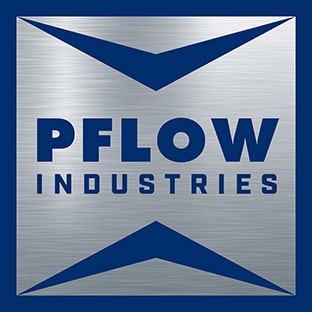People, Machinery Matter As Much as Processes
Although warehouses have vastly different approaches to the logistics of their company, there are some key processes that can be found across almost all warehouses. Of these processes, two are inwards flow, three are outwards flow, and the last two are returns and value-adding. Here is what you need to know about the key processes for warehouse success in your business.
Receiving/Product Arrival
This is the first step of your warehouse process. Receiving products, depending on the product and its size, works most efficiently with advanced notice from the supplier. Whether the shipment is a few cartons or full pallets, having the Advance Shipping Notice (ASN) allows for the information to already be in the system when it arrives.
Put-Away Procedure
After receiving the shipment, put-away staff should be prompted to begin accepting the product, via barcode or manual entry in the system. This is when put-away staff will be directed by the system to the product’s storage location. Once the product has been relocated staff will, once again, scan a barcode or manually enter the updated location before confirming the completion of the put-away process.
Picking
Companies may use multiple types of picking in their warehouse to efficiently fill orders. The picking process, either primary or secondary, depends on whether the order can be sent straight to packing and dispatching or if it needs to be combined with other goods. You should rely on your system to help with this to keep you organized or else orders may be confused or lost along the way.
Packing
The packing process relies completely on the company and their products but you should follow these rules of successful packing:
- Products should be traceable via codes and dates.
- Warehouse systems should be managing orders picked from multiple zones and monitored for completion.
- Products should be packed with consideration to their size, shape, fragility, and temperature within legal requirements.
Dispatching Goods
Releasing orders relies on timing and organization within the warehouse. The picking and packing of goods should align with the scheduled timing of dispatching or else delays can occur in loading and delivery. Having an organized system of picking and packing will lead to successful dispatching of all orders with minimal delays.
Managing Returns
Despite being logistically complex, your business’s returns are a hugely important part of the warehouse process. Being prepared for returns is the best thing you can do to continue your usual processes. Considering the intricacies of return and follow these rules:
- Ensure that all orders are traceable.
- Have an established return process to intake all goods.
Process Evaluation
The most important part of running an efficient warehouse is to evaluate your processes and decide what is working and what can be improved. Warehouses can be complex environments with many things happening at the same time. Evaluating the different aspects and tweaking those processes can lead to a stronger business. In the end it is all about growing as a business rather than relying on what worked well in the past.
Optimize Your Systems
The people and the machinery in your warehouse matter just as much as the processes that bind the company together. Without one piece, your business could be lacking productivity to poor systems and machinery.
PFlow Industries is the best in the world of lifts and conveyors and could be what your business is missing. Review the rest of our website to learn more about VRCs and how their efficiency and safety take warehouse processes to the next level.
